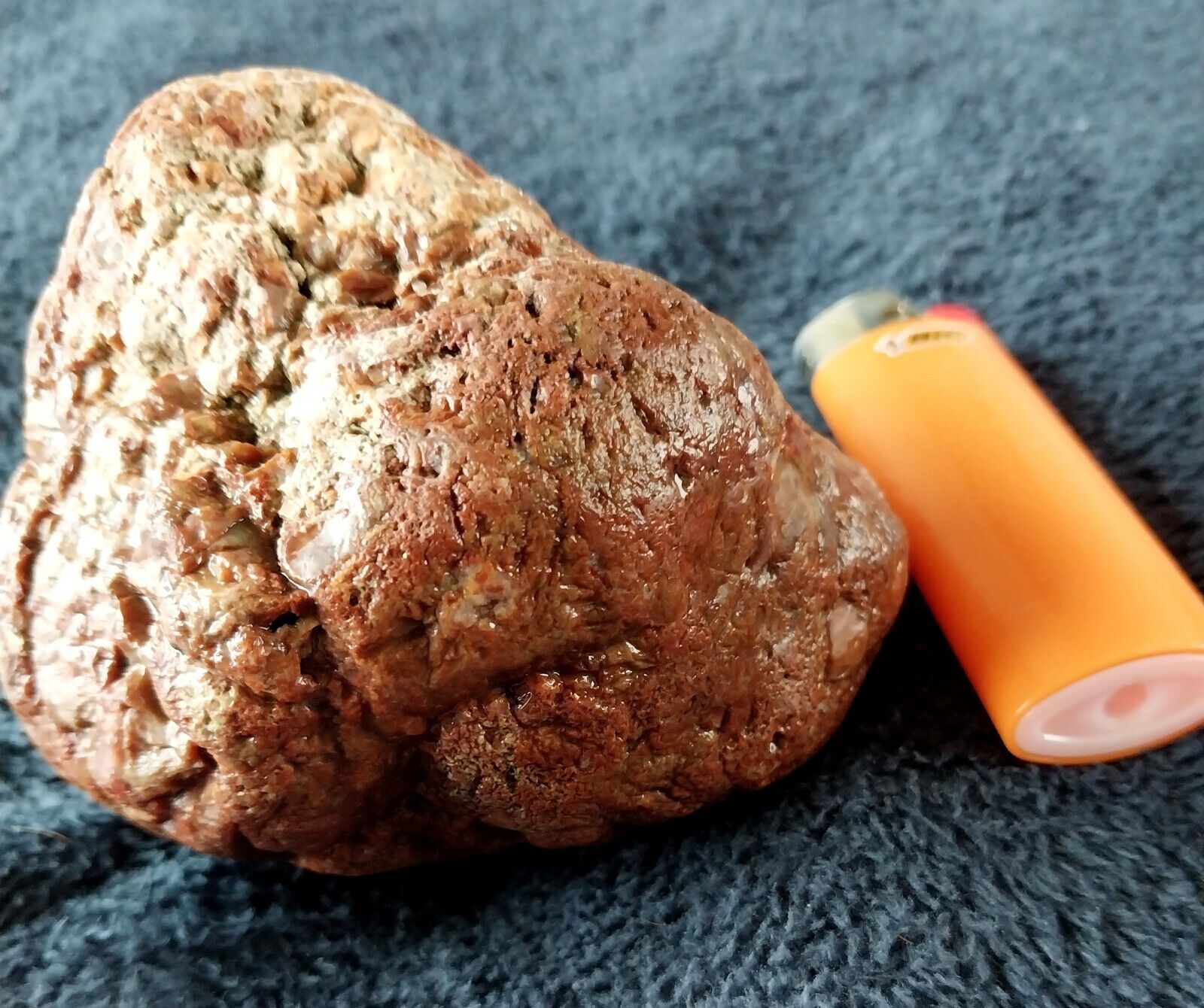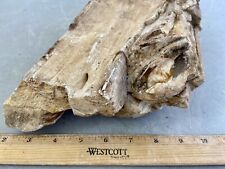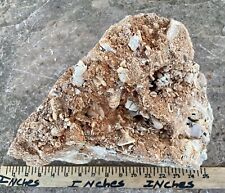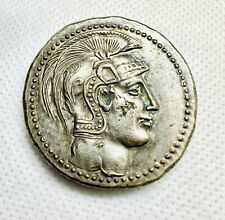UNIQUE Big Agatized Jurassic Plesiosaur Fossil Coprolite Llano Uplift, Texas For Sale

When you click on links to various merchants on this site and make a purchase, this can result in this site earning a commission. Affiliate programs and affiliations include, but are not limited to, the eBay Partner Network.
UNIQUE Big Agatized Jurassic Plesiosaur Fossil Coprolite Llano Uplift, Texas:
$20.00
THIS ITEM IS LISTED IN MY STORE FOR $40 PLUS 8.74 SHIPPING, THANKS.
Beautiful, agatized Plesiosaur Coprolite from the Llano Uplift in Central Texas. Fossil replacement silica, giving it that extremely unique "fresh" look. I took a couple to University of Texas at Austin and they all had a good laugh, and thought they were really cool. Ran them through an xray machine and was able to see small bite marks and burrow holes from tiny insects. It's a really neat and unique piece! The state it was found in, its appearance, and the species it came from makes it 3 times rare.
The Llano Uplift, located in central Texas is a geologically ancient, 3 billion year old geologic dome that is about 90 miles (140 km) in diameter and located mostly in Llano, Mason, San Saba, Gillespie, and Blanco counties, Texas.
The first known Jurassic fossils found in central Texas were discovered by a team of scientists at the University of Texas at Austin, filling a major missing puzzle piece to the state's fossil record. Given the jurassic fossils records of central Texas, this coprolite most likely came from a plesiosaur, an extinct marine Jurassic reptile, belonging to the Sauropterygia.
Plesiosaurs first appeared in the latest Triassic Period, possibly in the Rhaetian stage, about 203 million years ago.
Plesiosaurus was a carnivore, more specifically a piscivore that ate primarily small marine life such as fish, and mollusks also. A diet practiced by early amphibians, piscivory involved evolution to insectivory and then ultimately herbivory, added by reptilian species.
Coprolite is fossilized feces. Coprolites are classified as trace fossils as opposed to body fossils, as they give evidence for the animal's behaviour rather than morphology. The name is derived from the Greek words κόπρος and λίθος. They were first described by William Buckland in 1829.
Many coprolites are notable for their inclusions, which consist of small fossilized fragments of the animal's consumed food or materials. This coprolite has tiny burrow and bite inclusions!
SELF COLLECTED, Rough, Unpolished
THIS ITEM IS LISTED IN MY STORE FOR $40 PLUS 8.74 SHIPPING, THANKS.

Related Items:
UNIQUE**Big 10.12 LB TX Fossil Wood~LG Exposed Knot~Druzy Knot Holes~BEAUTIFUL
$70.00
*UNIQUE* Big 22 Lb Sparkling Crystalized Sea Fossil Conglomerate Display Rock TX
$68.00
Wonderful Rare Beautiful Ancient Greek Empire Silver coin Unique Big Coin 16 gm
$85.00



